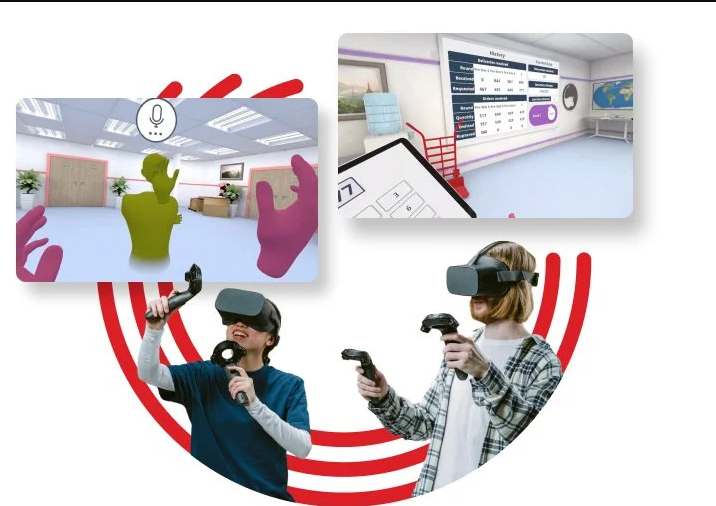
Virtual reality training is revolutionizing the way organizations approach employee onboarding, safety protocols, and soft skills development. By leveraging immersive simulations, companies can provide realistic and engaging experiences that lead to better retention and measurable business outcomes.
Enhancing Onboarding Experiences
Traditional onboarding can often be overwhelming, with new employees struggling to absorb large amounts of information quickly. Virtual reality training addresses this challenge by placing employees in interactive, realistic environments where they can practice tasks and scenarios without real-world risks. This hands-on approach helps new hires understand their roles faster and more effectively, leading to improved confidence and productivity from day one.
Improving Safety Training
Safety is a critical concern across industries, particularly in sectors like manufacturing, construction, and healthcare. Virtual reality training allows employees to experience potentially dangerous situations in a controlled setting. Through immersive simulations, workers can practice emergency responses, equipment handling, and hazard recognition without being exposed to actual danger. This method not only reduces workplace accidents but also builds a culture of safety awareness that traditional training methods often struggle to achieve.
Developing Soft Skills
Soft skills such as communication, leadership, and conflict resolution are often difficult to teach through conventional training methods. Virtual reality training creates realistic social scenarios where employees can practice these skills in a risk-free environment. From customer interactions to team collaboration exercises, VR simulations enable individuals to learn by doing, receive immediate feedback, and refine their abilities over time. This results in stronger interpersonal skills and improved overall performance.
Measurable Business Results
One of the most significant advantages of virtual reality training is its ability to deliver measurable outcomes. Organizations can track progress, assess performance, and identify areas that need improvement with precision. The data-driven insights provided by VR platforms allow companies to continuously enhance their training programs and ensure that investments in employee development translate into tangible business benefits.
Conclusion
Virtual reality training is more than just a technological innovation—it is a powerful tool for transforming workforce development. By creating engaging, safe, and effective learning experiences, companies can improve onboarding, elevate safety standards, and strengthen soft skills. Embracing VR training means investing in a smarter, more skilled, and better-prepared workforce.

















Write a comment ...